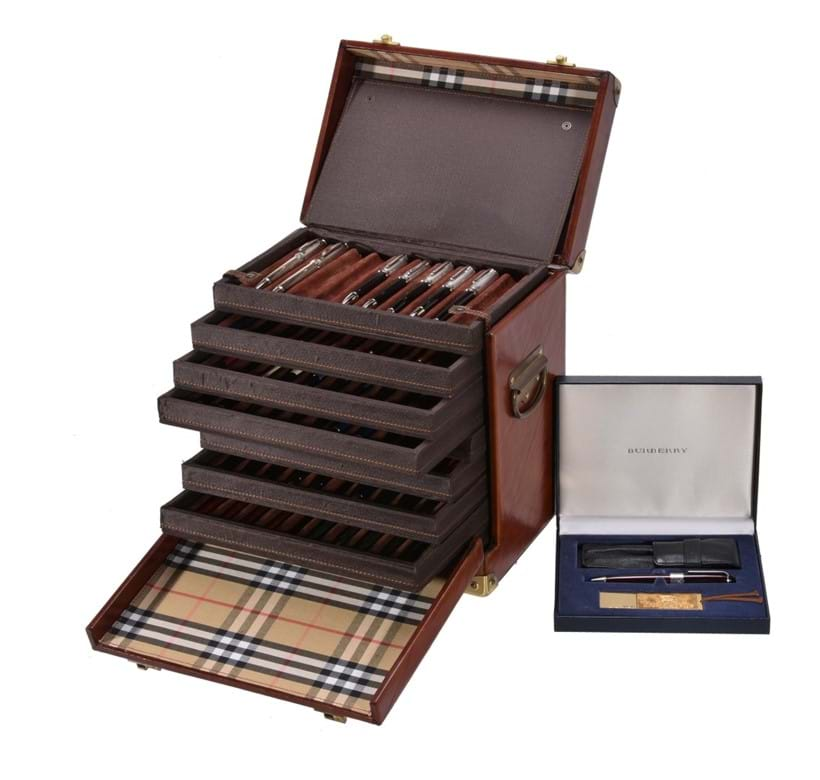Contemporary Living highlights | 7 November 2018
PRESENTING: CONTEMPORARY LIVING
LUXURIOUS GLASSWARE, SILVER, PRECIOUS OBJECTS AND FURNITURE
CREATED BY MANY OF THE WORLD’S MOST ICONIC DESIGNERS AND LUXURY BRANDS
Contemporary Living at Dreweatts on 7 November features over 290 covetable lots by many renowned designers and luxury brands.
The auction is timed with the forthcoming festive season in mind: a time for giving, celebrating and dressing our homes and dining tables.
Introducing Contemporary Living
The auction is presented in four designated design eras and themes:
Contemporary Living (lots 1-69): featuring lighting by Fredrik Mattson for Zero Lighting (lot 1), Jieldé (lot 2); seating by Giovanni Offredi for Saporiti (lot 3); chairs and tables by Vico Magistretti for Artemidi (lot 9) and Norman Foster for Tecno (lot 34) and glassware by Lalique.
Fredrik Mattson has collaborated with Zero Interior, the Swedish design firm founded in 1978 which focuses in ‘making unique light fixtures for a design-interested audience’.
The multi-coloured hoops in these lamps are made in aluminium and steel. Mattson originally trained as a cabinet maker and in 2002 he set up his own design company specialising in furniture design.
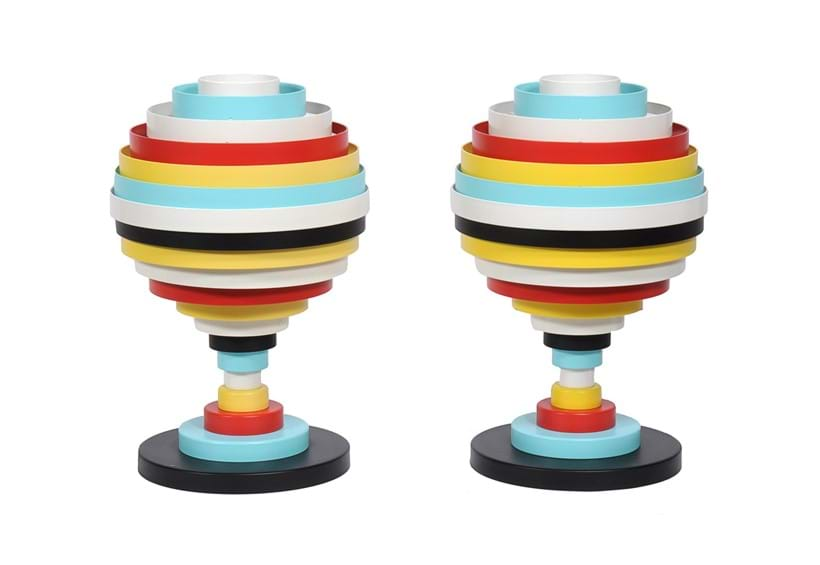
Saporiti Italia
Giovanni Offredi (1927-2007) was one of a number of designers commissioned by Saporiti Italia to produce furniture for their highly original and unique range. The occasional table here dates from 1985 and is created from chromium plated steel, glass, granite and red lacquer.
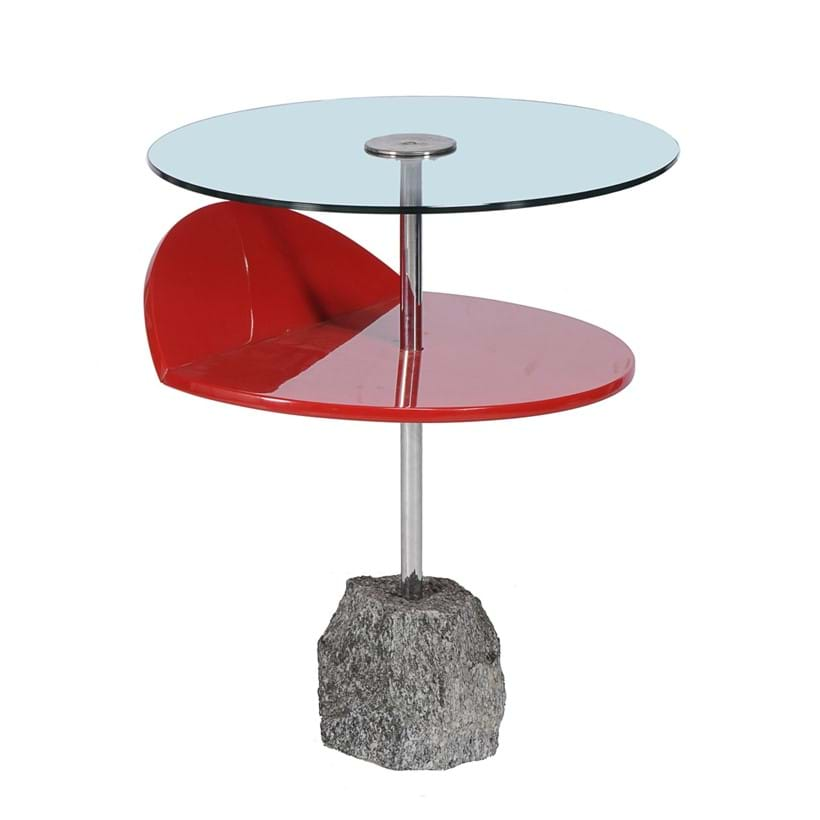
Gebrüder Thonet's bentwood furniture
Gebrüder Thonet is renowned for the production of bentwood furniture for which industrial-scale production processes were created. The firm was founded in 1819 by Michael Thonet in Boppard, on the River Rhine, and for several years he experimented with strips of veneer boiled in glue until he succeeded in creating furniture ‘made of bent wood’. Word of Thonet’s talents spread to Vienna, and he was commissioned by Prince Metternich to create parquet and furniture for Palais Liechenstein and Palais Schwarzenberg. Thonet thereafter created chair No. 4 for Café Daum on Vienna’s Kohlmarkt, the chair design soon became synonymous with the European coffee house scene.
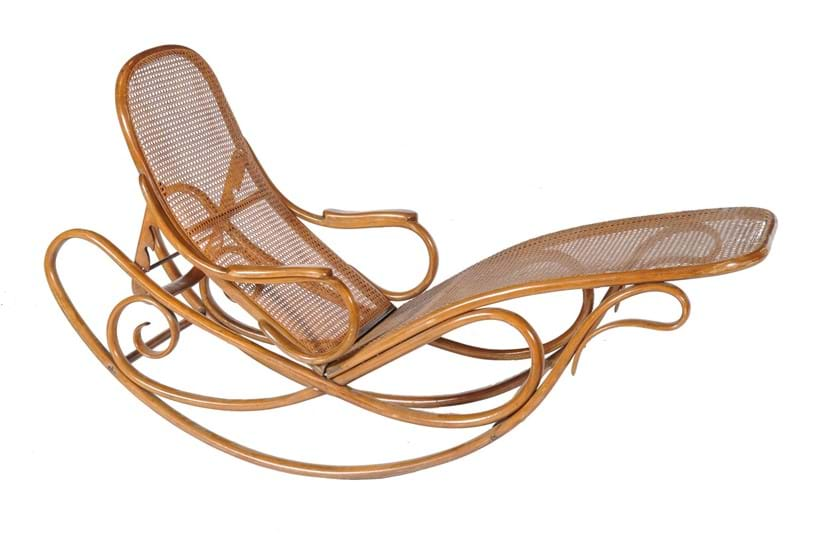
Glass by Lalique
From a selection of pieces by Lalique, lot 65, is a vase in the design Fougères which was first seen in 1912. Despite dating back to the early 20th century, Fougères retains its modern look. The compressed body of the vase is moulded with a continuous design of overlapping fern leaves.

A Private Collection of Gallé Glass
A Private Collection of Gallé Glass (lots 70-85): comprises pieces made during Gallé’s lifetime.
Émile Gallé is regarded as one of the major figures in the French Art Nouveau movement and his original style features heavy, opaque glass, carved or etched with plant motifs often in two or more colours as cameo glass.
Gallé’s career took off after he exhibited at the Paris Exhibition of 1878 and after another successful showing at the exhibition of 1889, his work became internationally recognised. At its height Gallé employed 300 workers and the company remained in operation until 1936.
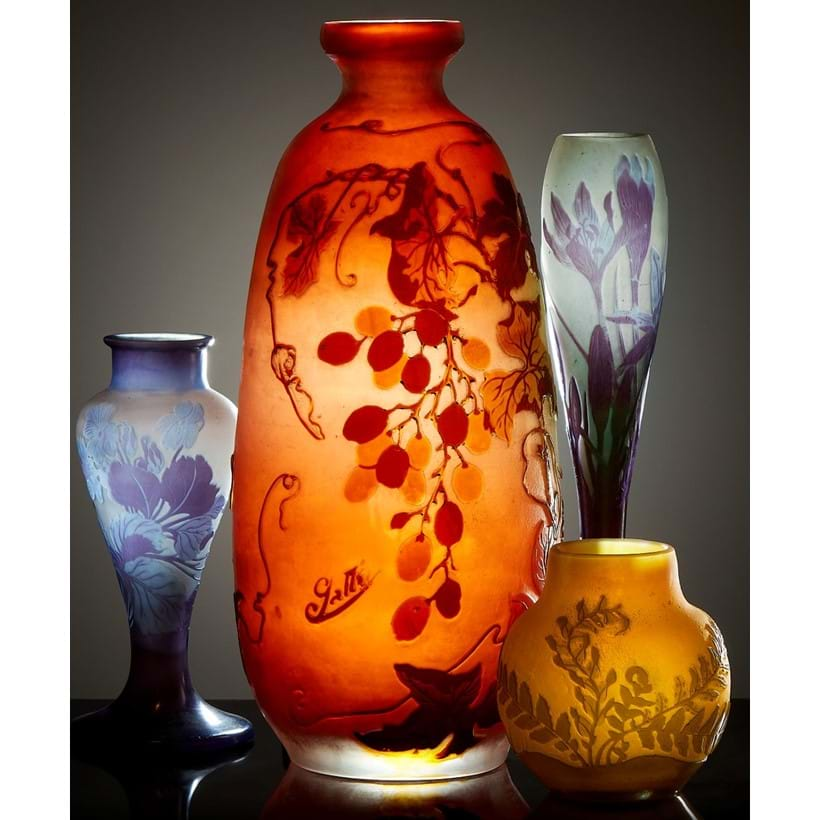
A Private Collection of Georg Jensen Silver
A Private Collection of Georg Jensen Silver (lots 106-257): comprises many beautifully designed and expertly manufactured pieces for the home and dining table.
Dating from the last decade of the 20th century and featuring pieces from the Acorn, Grape, Fir Cone, Poppy, Melon, Blossom, Cherry, Louvre, and Cosmos design ranges. A number of designers worked for Jensen, notably Johan Rohde, Ove Brobeck, Harald Nielsen and Sivard Bernadotte.
Georg Jensen was apprenticed in goldsmithing aged 14, and thereafter he enrolled at the Royal Academy of Fine Arts, graduating in 1892. In 1904 he opened a small silversmithery in Copenhagen. The combination of his practical training in metalsmithing and an education in fine art enabled him to revive the tradition of the artist craftsman.

Contemporary Travel
Contemporary Travel (lots 258 - 282): of all the high profile brands, Louis Vuitton is perhaps the one most synonymous with luxury travel cases and accessories. The auction includes a number of vintage coated canvas and leather hard cases in Louis Vuitton’s distinctive caramel and chocolate Monogram design.
Not only are these cases perfectly designed for the international traveller, but, increasingly hard cases are being sought out by decorators to compliment their designs for interiors: the strong clean lines and distinctive styling of the Vuitton case add the perfect finishing touch.
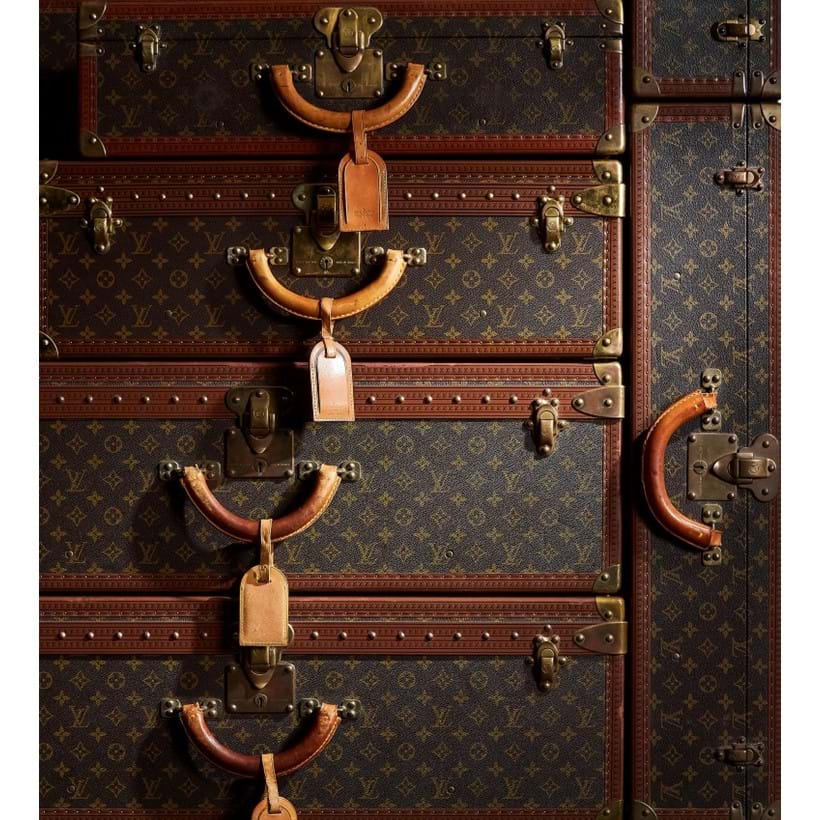
S. T. Dupont
The Paris based company, S. T. Dupont has produced luxury goods since 1872. This black leather travelling vanity case dates from the 1930s. The red leather interior contains five drawers with gilt metal and black lacquer dressing table items. With its materials, colours and motifs this travelling case bears an exotic, oriental aesthetic so beloved of this era.
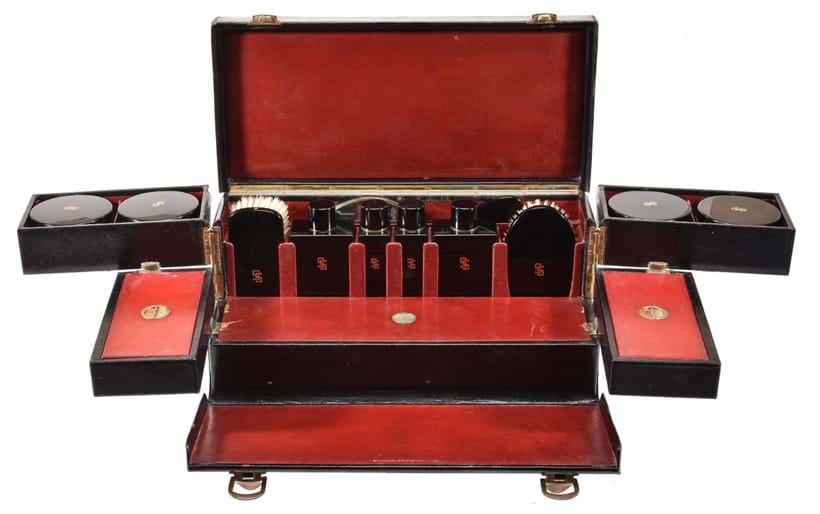
Baccarat
Baccarat was founded in 1764 in the town of the same name in the region of Lorraine in eastern France. Initially output consisted of window panes, mirrors and stemware. The business shifted dramatically in 1816 with the installation of a crystal oven. The first royal commission came in 1823, and so began a healthy flow of commissions from royalty and heads of state from around the world. In 1855 Baccarat won a gold medal at the World’s Fair, held in Paris; crystal production expanded at this time with Baccarat building a reputation for making quality stemware, chandeliers and perfume bottles – by 1907 Baccarat was producing over 4,000 bottles a day.

Pentel and Burberry design collaboration
This is one of only two pieces commissioned in conjunction with a joint collaboration between Pentel and Burberry.
The box contains an extensive collection of fountain pens, ballpoint pens, gel-ink rollers, tri-point pens and automatic pencils. Models include: Balmoral, Sandringham, Check, Dover, Libera, Knightsbridge and Executive, in various colourways.
The leather box, designed by Piquadro Nikolai, features an interior lined with the famous Burberry check fabric.
